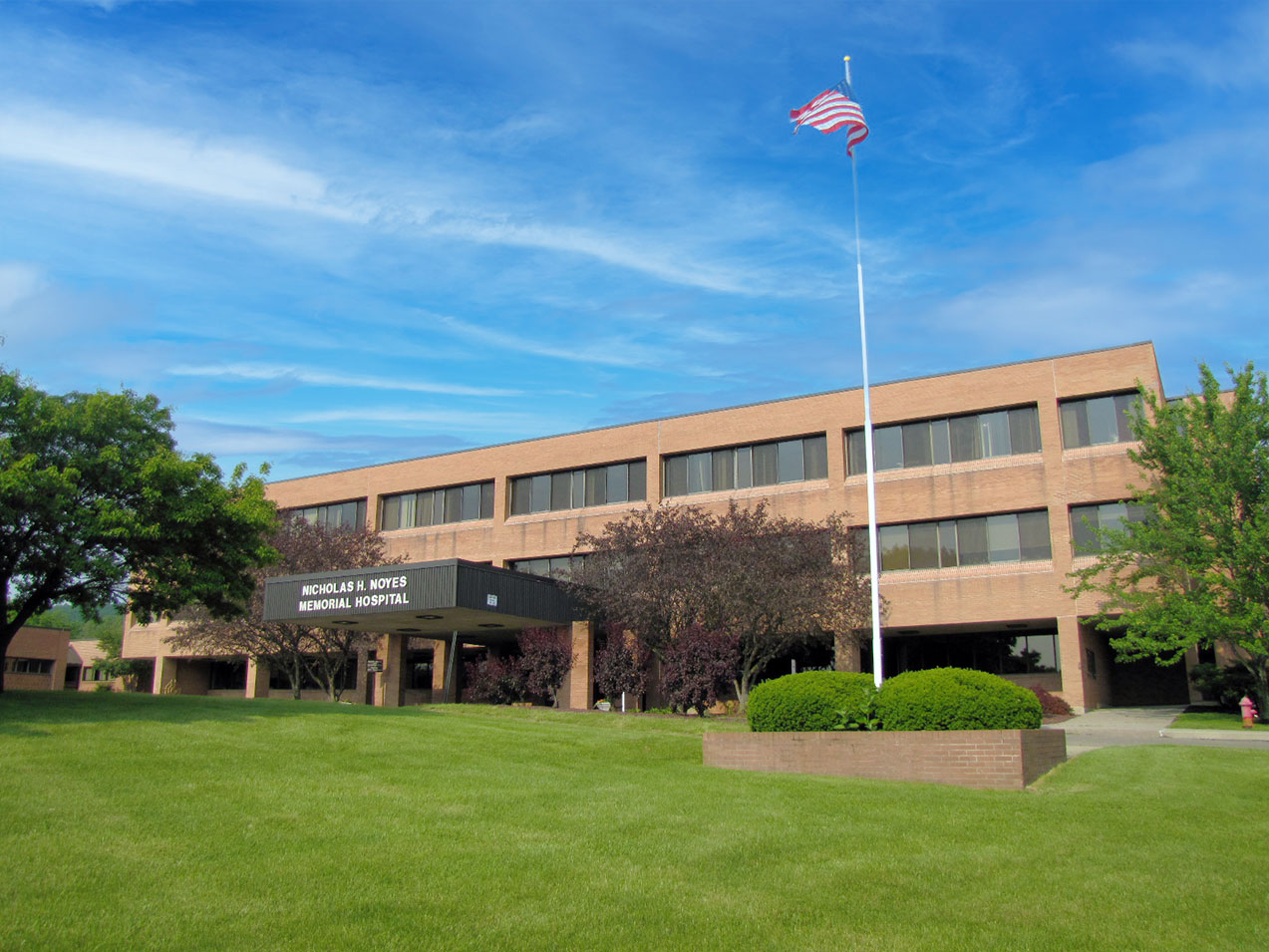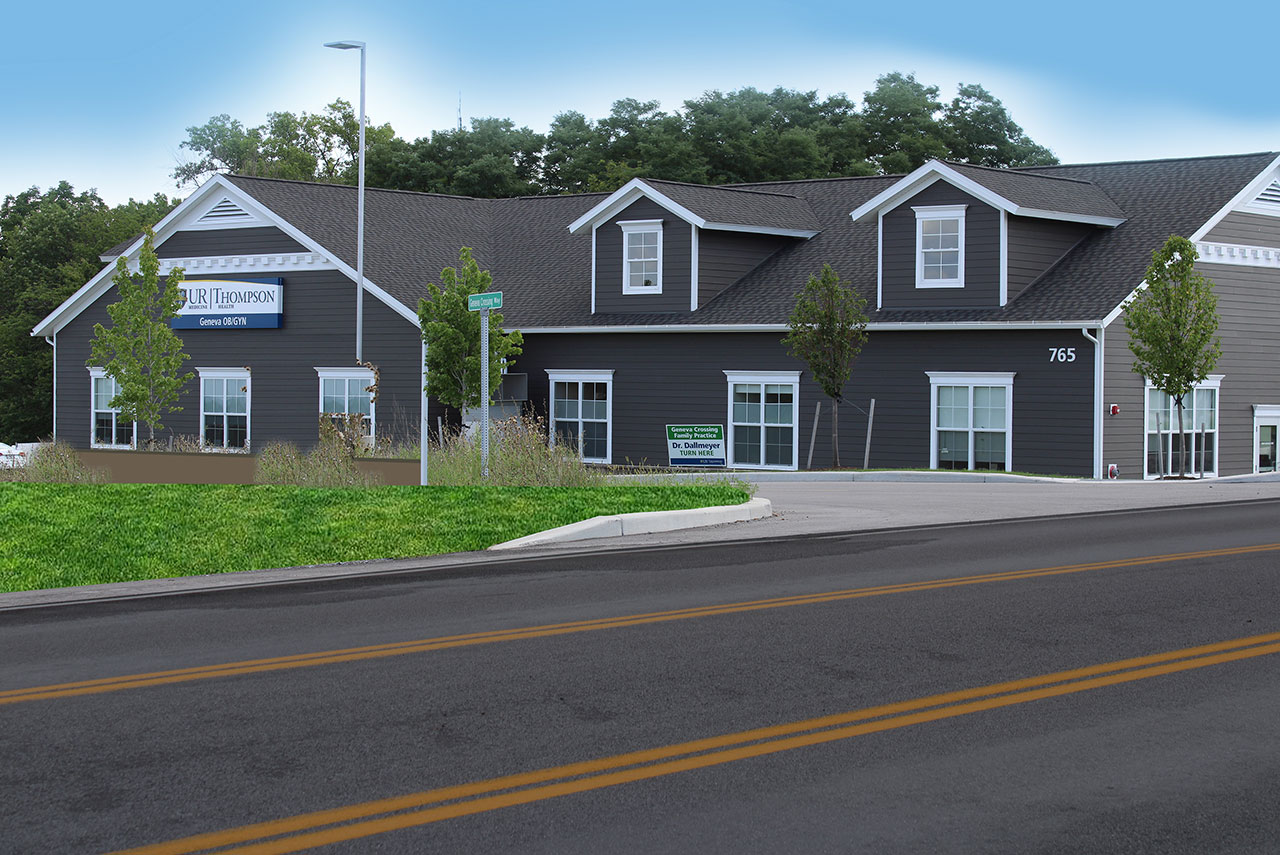General Obstetrics & Gynecology
Make Appointments & Get Care
General Obstetrics & Gynecology
UR Medicine makes it easy for you to get check-ups, have preventive screenings, manage birth control, benefit from expert prenatal care, and more. Our providers are women’s health experts who are dedicated to your well-being. And they actively engage in everything that supports women's health, including patient care, research, and education.
UR Medicine's Approach
We provide comprehensive gynecological services — from annual exams and family planning to the treatment of menstrual, pelvic organ, and pelvic floor disorders to menopause management.
We offer minimally invasive gynecologic surgeries, which use special tools to perform surgeries through smaller incisions. This approach has been shown to improve outcomes, decrease complications, and reduce discomfort for patients, leading to a quicker recovery.
Obstetrics
- Prenatal care for low risk and high risk pregnancies
- Treatment of gestational diabetes and hypertension
- Childbirth
- Fetal ultrasound and screenings
Gynecology
- Annual exams and pap tests
- Cancer screenings
- Family planning and birth control
- Pediatric and adolescent gynecology
- Infertility testing and treatment
- Menopause management
- Treatment for urinary incontinence
- Diagnosis and treatment of pelvic floor disorders
- Diagnosis and treatment of cervical, vaginal, uterine, and ovarian disorders and diseases
Conditions
The following are common conditions our physicians treat:
- Adenomyosis
- Scars (adhesions)
- Menstrual cycle health, including cramping
- Bladder prolapse
- Cervicitis
- DES Exposure
- Painful intercourse (including dyspareunia and vulvodynia)
- Endometrial cysts and hyperplasia
- Endometriosis
- Heavy menstrual bleeding
- Uterine fibroids
- Hormone disorders
- Menopause
- Ovarian cysts, polyps, and tumors
- Ovarian hypofunction
- Pelvic congestion syndrome
- Pelvic inflammatory disease (PID) (link to pelvic pain)
- Pelvic pain
- Polycystic Ovarian Syndrome (PCOS)
- PMS and PMDD
- Salpingitis (inflammation of the fallopian tubes)
- Sexually transmitted diseases (STDs/STIs)
- Toxic shock syndrome
- Urinary tract infection (UTI)
- Uterine prolapse (link to pelvic floor disorders)
- Vaginitis
- Vulvitis
Procedures
The following are common procedures and surgeries our physicians perform:
- Adhesiolysis
- Cervical (Cone) Biopsy
- Colporrhaphy
- Colposcopy
- Dilation and Curettage (D&C)
- Endometrial Ablation
- Endometrial or Uterine Biopsy
- Fluid-Contrast Ultrasound (FCUS)
- Hysterectomy
- Hysterosalpingography
- Hysteroscopy
- Myomectomy
- Oophorectomy
- Pelvic Ultrasound
- Pelviscopy (Pelvic Laparoscopy)
- Selective Salpingography
- Suspensions
- Toluidine Blue Dye Test
- Trachelectomy
- Tubal Ligation
- Uterine (artery) Fibroid Embolization (UFE)
- Vulvectomy
What Sets Us Apart?
UR Medicine offers the most comprehensive obstetric care with more than 100 providers throughout Monroe County and the Finger Lakes region. Our providers are trained in the most up-to-date clinical guidelines and surgical techniques. They also have special expertise in adolescent and pediatric gynecology.
UR Medicine Obstetrics and Gynecology provides a full range of services, from annual checkups, to gynecologic oncology, to prenatal care and breastfeeding consultations. We also partner with our colleagues to help women with depression, heart disease, osteoporosis, breast disease, and dermatologic conditions. We look at the whole patient, and ensure that all your needs are addressed.
Locations
View All LocationsWe serve you in the Rochester metropolitan area and surrounding region.
View All Locations20 locations
Lattimore Medical Center
125 Lattimore Road, East Entrance, Suite 200
Rochester, NY 14620
Lattimore Medical Center
125 Lattimore Road, West Entrance, Suite 270
Rochester, NY 14620
Lattimore Medical Center
125 Lattimore Road, West Entrance, Suite 150
Rochester, NY 14620
990 South Avenue, Suite 103
Rochester, NY 14620
Perinton Medical Center
800 Ayrault Road, Suite 100
Fairport, NY 14450
Brae Burn Professional Building
60 Red Jacket Street, Suite 4
Dansville, NY 14437
50 East South Street
Geneseo, NY 14454
Building D
3101 West Ridge Road
Rochester, NY 14626
1682 Empire Boulevard
Webster, NY 14580
111 Clara Barton Street
Dansville, NY 14437
1614 Route 332
Farmington, NY 14425
Victor Medical Group
53 West Main Street
Victor, NY 14564
335 Parrish Street
Canandaigua, NY 14424
Third Floor, Medical Village
191 North Main Street
Wellsville, NY 14895
777 Canal View Boulevard
Brighton, NY 14623
South View Commons
125 White Spruce Boulevard, Suite 600
Rochester, NY 14623
Corporate Crossings
175 Sully's Trail
Pittsford, NY 14534
Related Services & Conditions
- Midwifery
- Polycystic Ovary Syndrome
- Abortion Services
- Pelvic Floor Disorders
- Pelvic Pain
- Obstetrics & Gynecology
- Minimally Invasive Gynecologic Surgery
- HPV
- Diabetes in Pregnancy Program
- Advanced Fetal Diagnostic Testing
- Cardio Obstetrics Program
- Pregnancy & Infant Loss Program
- Sexually Transmitted Infections
- Cesarean Delivery (C-Section)
- Birthing With Confidence
- Ovarian Cysts





